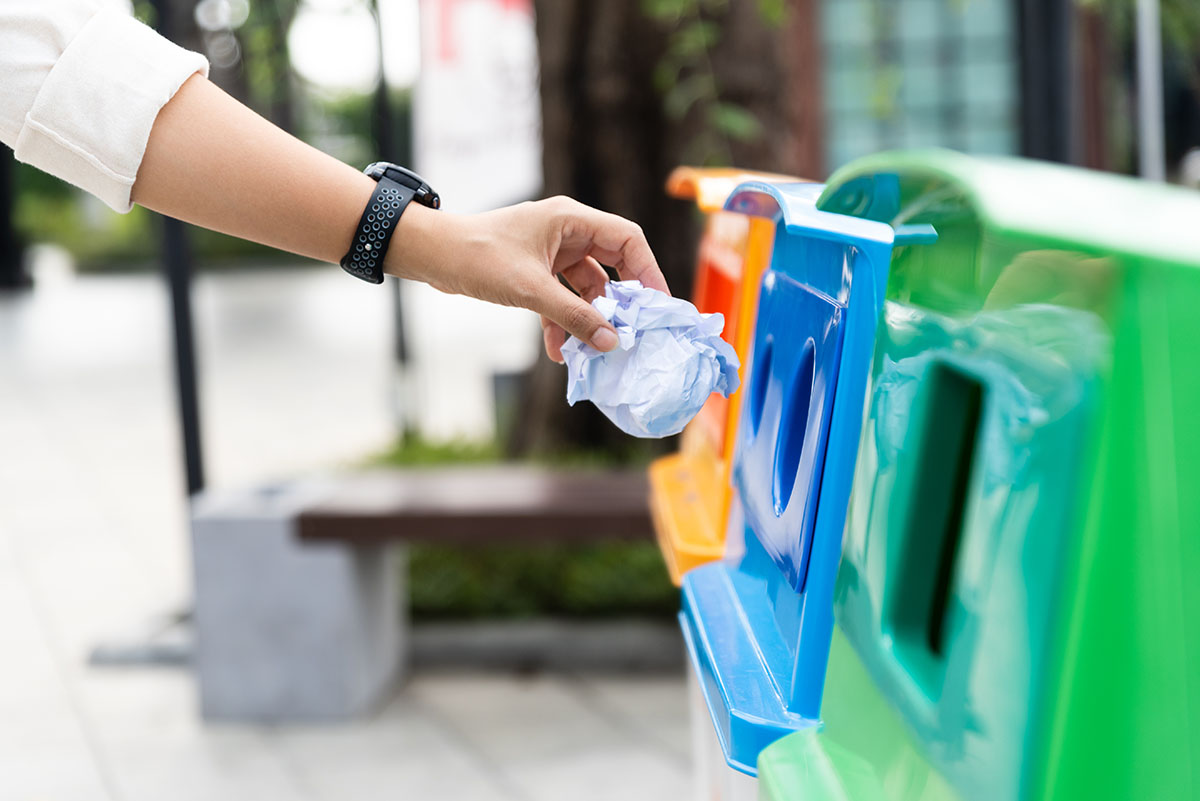Systems thinking: unexpected consequences
Sometimes we try and do the right thing but by mistake do the wrong thing. We might try to fix a problem and create more problems instead.
Here is an example of creating more problems while trying to fix something.
Kalitha and Jain want to help kids at the local school. They know some of the children do not eat breakfast before school, so they decide to provide a free breakfast. After speaking to businesses, they find a company that will provide a discounted breakfast, so they raise money and buy breakfasts for the kids.
The children are happy to receive the breakfast and teachers report that the children are more focussed and answering more questions in the morning classes.
After a week, the school asks Kalitha and Jain to stop providing the breakfasts. When Kalitha talks to the school principal, she learns that the breakfasts have created a waste problem. The breakfasts come in a plastic container and the school bins are overflowing with rubbish. The rubbish also costs the school money becasue they must pay a company to take away their waste and the extra waste costs more to remove.
The school, the children, parents and Kalitha and Jain want the program to continue but they do not want to create a waste problem and cost the school money.
Luckily, they talk to some parents and one of the mothers works for a recycling company. The recycling company takes plastic and turns it into pellets that are sold to be made into new products. The company is happy to take the plastic waste, and they even pay the school for the plastic.
The company will only take the waste if it is properly sorted and there are no other kinds of rubbish mixed in. The company sends special plastic bins for collecting the extra waste. Kalitha and Jain create signs for the school to show the children which bin their rubbish needs to go in.
From one bad consequence to lots of good outcomes!

Image attribution: Siam on Adobe Stock
